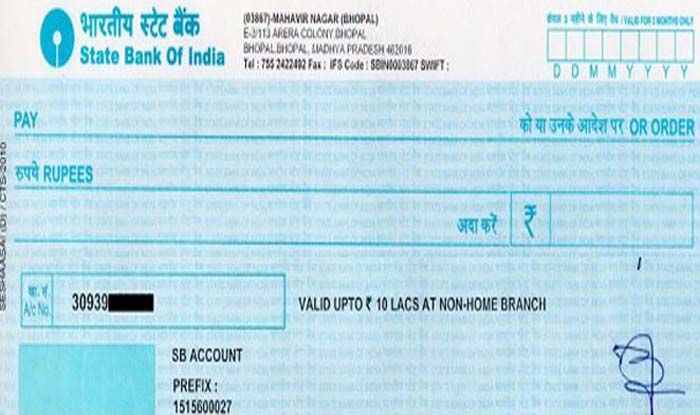New Delhi: In a bid to prevent banking fraud, the Reserve Bank of India (RBI) has rolled out the ‘positive pay system’ for cheques, under which those making payments of more than Rs 50,000 will be asked to reconfirm some key details. The new cheque payment rule will come into effect from January 1, 2021.
Positive Pay is essentially a tool designed to detect fraudulent activity. It facilitates by matching specific information related to the cheque presented for clearing, like the cheque number, cheque date, payee name, account number, amount, and other details against a list of cheques previously authorized and issued by the issuer.
Here’s your 10-point cheatsheet for this new rule
-Positive pay’s concept involves a process of reconfirming key details of large value cheques.
-Under the positive pay system, the issuer of the cheque will be asked to submit electronically, via SMS, mobile app, internet banking or ATM certain minimum details of that cheque like date, name of the beneficiary, payee, amount to the drawee bank.
-The details will be cross-checked before the cheque is presented for payment.
-Discrepancies, if any, are flagged by the CTS to the drawee bank and presenting bank, who would then take redressal measures.
-The National Payments Corporation of India (NPCI) will develop the facility of positive pay in CTS and make it available to participant banks.
-In turn, these banks shall enable it for all account holders issuing cheques for amounts of Rs 50,000 and above.
– While availing of this facility is at the discretion of the account holder, banks may consider making it mandatory in case of cheques for amounts of Rs 5,00,000 and above
-Only those cheques will be accepted under dispute resolution mechanism at the CTS grids which are compliant with the above instructions.
-However, member banks will be free to implement similar arrangements for cheques cleared/collected outside CTS as well.
